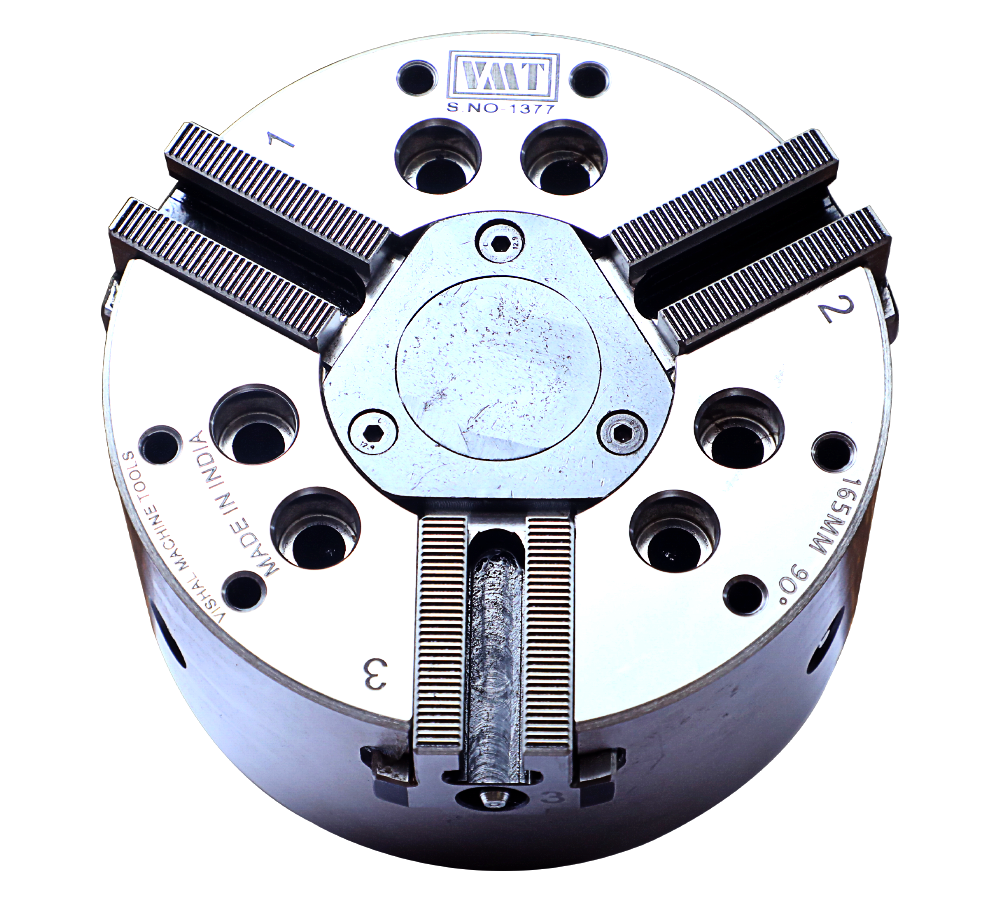What type of Chuck is important for your company?
Collets are used for holding the bar stock. The collet is a round iron shell with three evenly spaced notches that extend most of its length. While plans change, all types of collets work by clamping the retainer, resulting in the same precise alignment and static grinding. These cuts give the pincer activity when jumping. That is why the collets are also called "spring-loaded collets". The nose of the collet is thicker to form the jaws. The outer surface of the nose matches the shape of the cap opening. The collet chuck manufacturer in India makes collet according to the work it has to do and the benchmark that is required to be followed. Collets are preferable in many manufacturing and large production jobs because they are quite easy to handle and are safe. Types of collet chucks include the following
1). Push
Out Type Collet Chuck
For this type of neck shape, the nose and hood
are on the right side. To grip the workpiece, the sharpened part of the spring
collet slides into the coupling pattern of the hood - the tendency of the bar
to slide outwards when the collet is compressed to grip. Provided the bar is
held against a stop bar attached to the turret head, this slight elevation from
the outside of the bar ensures accurate height adjustment.
2). Drawing
type Collet chuck
The shape of the nose and collet cap merge to
the left. To grip the work, the tightened workpiece of the spring collet is
pulled back into the counter-tightening on the hood, allowing the collet to
close and hold the bar. The machining length of the rod in this type of casting
is not properly positioned as a collet, while the cap will pull the rod
relatively inward to the axis.
3). Dead
length type clamping sleeve
For accurate rod placement, the push-out and pull-down collet
showed some errors due to the movement of the rod next to the collet when held.
This problem can be solved by using a fixed clamp on the bar. In this type, the
shape of the collet nose merges to the left. A sliding sleeve is put between
the hood and the collet. This sliding sleeve has a tight hem that conforms to
the shape of the neck of the nose. The sanding sleeve moves to the right to
grip the work. This closes the collet and removes the bar. The shoulder stop
prevents the final movement of the collet.
Website: https://vishalmachinetools.com/



Comments
Post a Comment